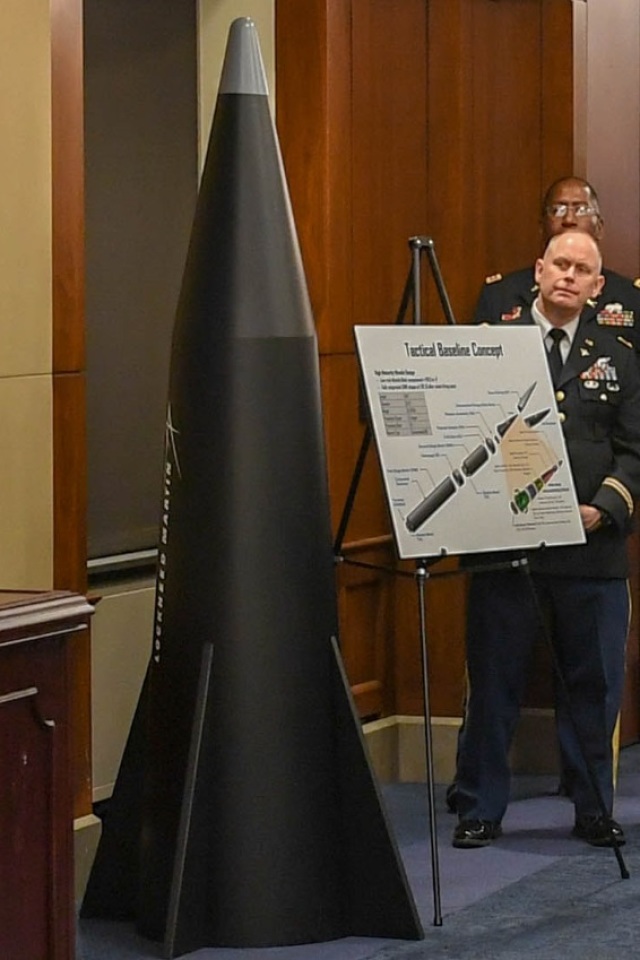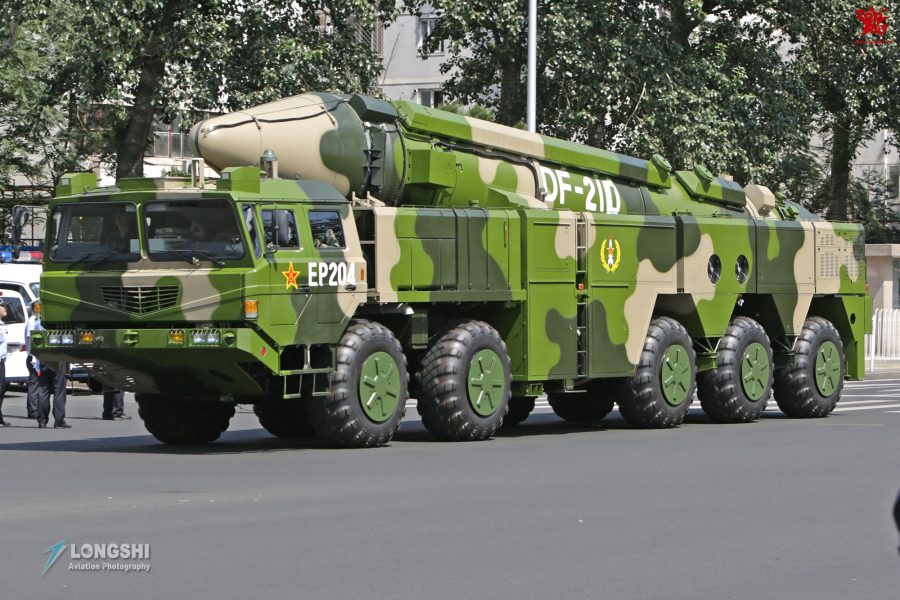It is only longer but much thinner at 0.88m, while for reference DF-21 that uses the same TEL as DF-17 is 1.4m. So volume wise (fuel capacity) LRHW may not be as large as it seems.Also it is larger than df-17.
Forget what is seen in images. Dimensions are a much more reliable. And that photo is a test stand. Not an operationall launcher.
That photo seems to be an operational launcher, otherwise, they wouldn't have tried but cancelled a test launch with it. Or you would be saying that the military used a totally different mockup to train soldiers how to operate a real thing?
Wiki link guessed 0.88m diameter. This official mockup seems to corroborate, the maximum diameter including the fins would be about the same as the booster.

Last edited:


